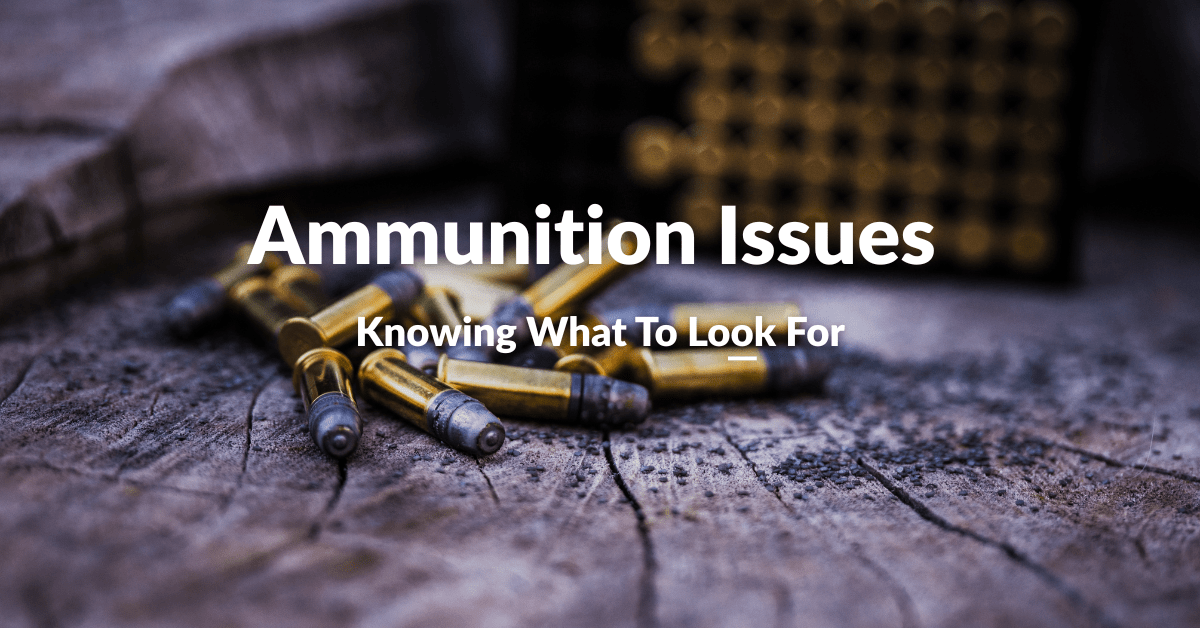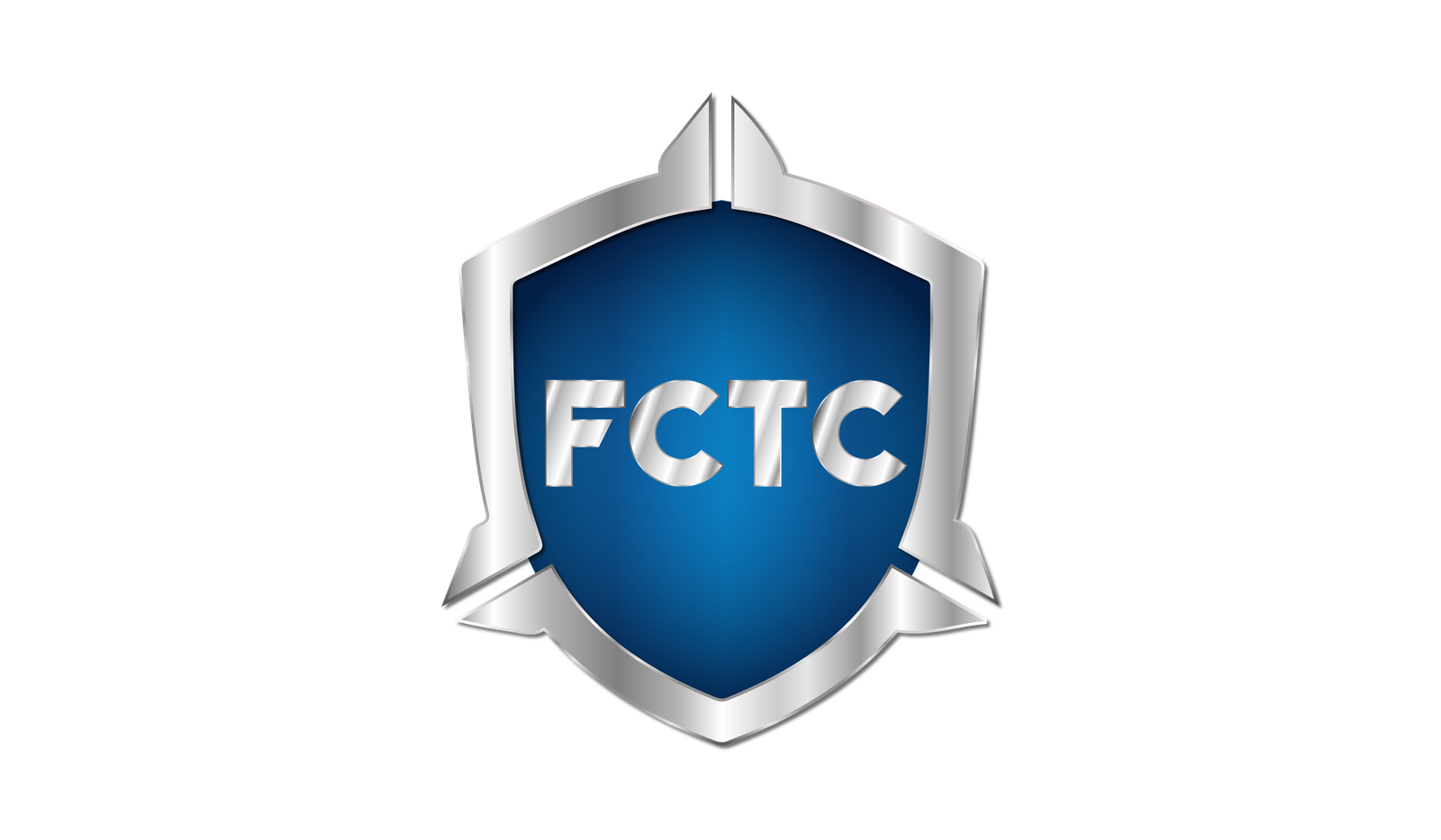Ammunition Issues

Ammunition is just as important to the shooter as the firearm. However, shooters often overlook spending enough time considering potential issues with their ammunition. Therefore, I want to discuss ammo and the malfunctions you might encounter.
The correct name for handgun and rifle ammunition is a cartridge. There are centerfire cartridges and rimfire cartridges. For brevity, I will focus on the parts of the centerfire cartridge in this article. The centerfire cartridge consists of a case, primer, powder, and bullet. The case houses the primer on one end and a seated bullet on the other. The powder is packed inside the case.
The cartridge is loaded into the firearm and subsequently discharged. When the weapon’s firing pin strikes the primer, it creates a spark. This spark ignites the powder. As the powder burns, it produces gases that expand in all directions equally. This gas pressure pushes the bullet (projectile) out of the case, through the weapon’s barrel, and out of the muzzle.
There are three types of cartridge malfunctions.
Misfire
First is the “misfire.” A misfire is a failure of the primer to ignite the powder when the firing pin strikes the primer. A misfire may result from a defect in the cartridge or the weapon itself. Maybe the primer was defective, or perhaps the firearm has an issue that causes a light strike of the primer or no primer strike at all.
Hangfire
Second is the “hangfire.” A hangfire occurs when there is a delay in the ignition of the powder after the weapon’s firing pin strikes the primer. This delay can last for several seconds. Unfortunately, when a cartridge doesn’t fire immediately, it is impossible to tell whether it is a misfire or a hangfire. That is why you must keep your firearm pointed in a safe direction for at least thirty (30) seconds after the weapon fails to fire. After waiting thirty seconds, you can open the action and remove the cartridge.
Squib Load
Third is a “squib Load.” The squib load occurs when the cartridge generates less than normal pressure upon firing. This low pressure can happen if there is little or no powder in the case. There is enough energy to push the bullet out of the case, but not enough to get it through the barrel and out of the gun. The bullet may become stuck in the barrel. An obstructed barrel is very dangerous.
Indicators of a squib load include minimal or no recoil, a softer discharge noise like a pop instead of a loud bang, and possibly less or no muzzle flash. If you notice any of these signs, you should suspect a squib load. If you think you’ve experienced one, stop shooting immediately, keep the muzzle pointed in a safe direction, and unload the weapon. Verify that there is no obstruction in the barrel, as firing with an obstruction can cause serious injury.
Knowing about and understanding cartridge malfunctions will improve your knowledge of how your firearm works and what issues might arise. This awareness will make you a safer shooter.
